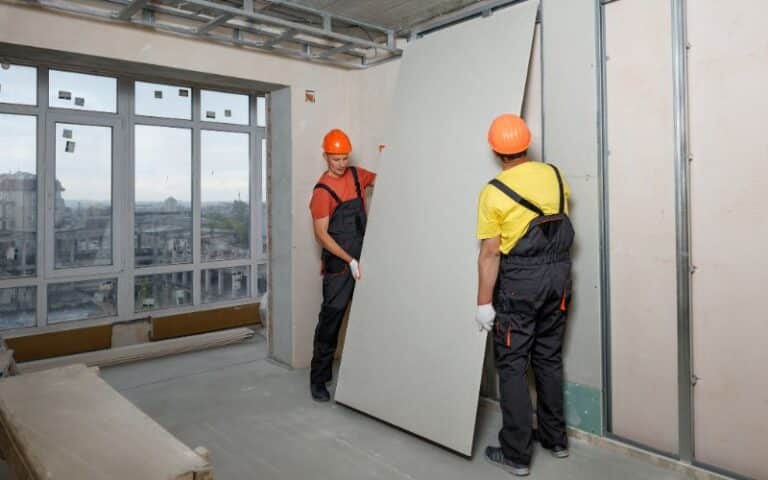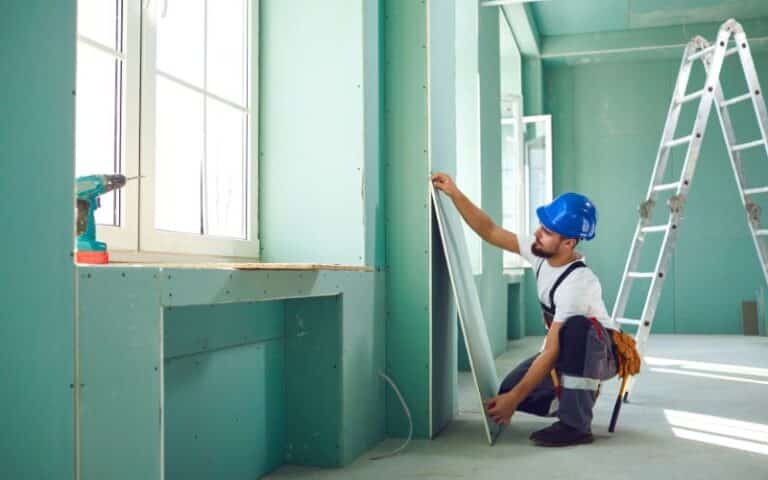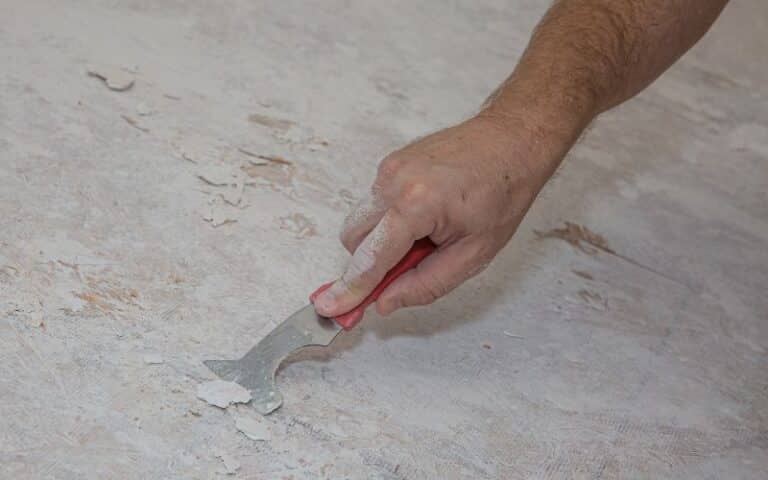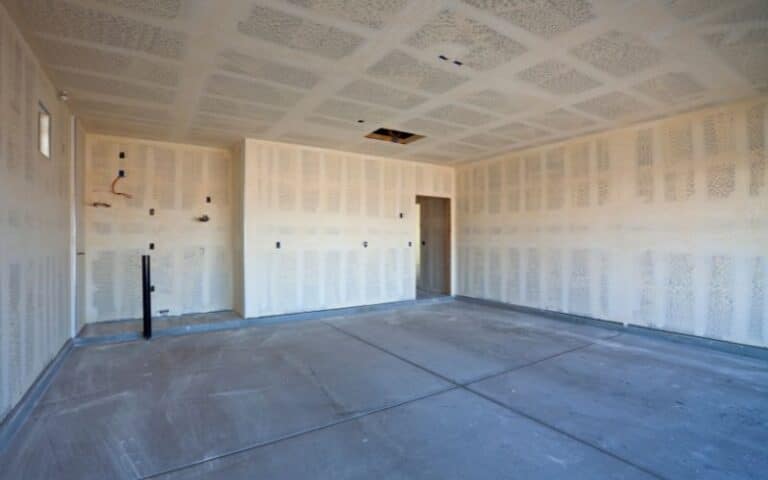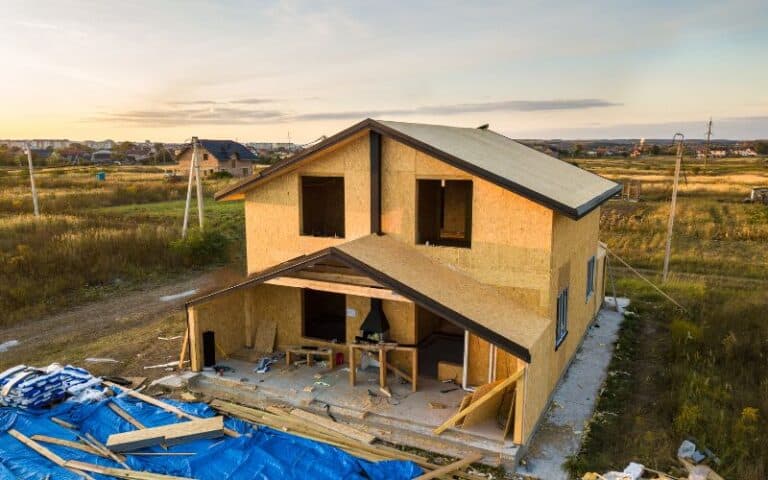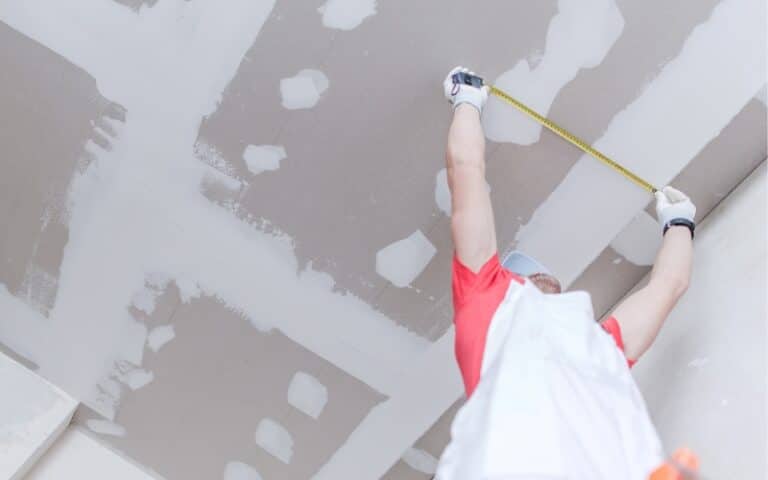During construction, you always get to list what you want and make allowances for some excesses.
You make these allowances so you don’t run out of materials when you need them the most.
You can have some leftover drywall mud after your construction. Don’t fret; there is a lot you can do with these leftovers.
I have had some experiences where I made something great off excess drywall mud. Here is how you can make yours turn out great.
You could scoop some leftover drywall mud for home decorations, Paper Mache, and many other crafts you would love to keep in your house. Although, how you apply some leftover mud depends on whether the excess drywall mud is premixed. Whichever the case, you can convert these materials into something extraordinary.
This article will show you what to do with the leftover drywall mud. You will also discover the best way to dispose of drywall mud when you no longer need it.
Ready for a Drywall Quiz?
3 Things to Do with Left Over Drywall Mud
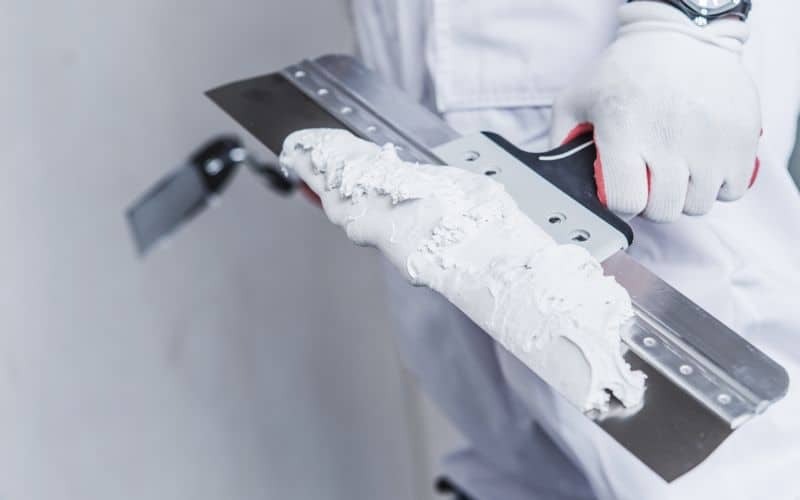
Here is what you can do with that leftover drywall mud:
- Paper Mache
- Home Decor
- Crafts within the house
#1. Paper Mache
When you mix your leftover drywall mud with water, you can get a perfect fit Paper Mache. Drywall mud makes an excellent Mache because of the qualities of the compound.
Drywall mud, a joint compound, comes as gypsum dust powder. Ready mix drywall mud is most commonly applied to hang the drywall.
You can apply drywall mud to the edges of the drywall to hold them together. Asides from the fact that it makes a seamless joint, adequate amounts of drywall mud are solid and durable.
Paper Mache has been integral to many artworks, including materials we find aesthetically valuable for our homes and workspaces.
These materials can take any form or mold as long as they are carefully manipulated. Aside from giving your home, office, or classroom a touch of artistry, it could be a perfect activity for kids.
All you need to make a paper Mache is any malleable mixture. Once you have the appropriate materials, a joint compound can be a perfect mixture.
So, before you throw away that leftover drywall mud, here is how you can make an excellent Paper Mache out of it.
- Create a model of the sculpture
- Scoop some paste of drywall mud
- Apply the paste of drywall mud to the model
- Allow the form to dry
- Use a finishing to give the best surface.
#1. Create A Model of The Sculpture
A model of what you want to mâché would need a skeletal framework for the joint compound to lay on.
These models could be wood, stiff paper, cardboard, or anything holding the joint compound in place.
It would be best if you took your time to have excellent work here; this is where you need to pay so much attention.
#2. Scoop Some Paste of Drywall Mud
Once you have a form or model, you can scoop paste of your leftover drywall mud. The drywall mud could remain as a premix leftover.
It could also be in the form of an already mixed paste. Whichever form you have left, you can get some of it.
When you have a premix left over, add an appropriate amount of water to achieve a perfect consistency.
When you have the leftovers in their original form, carefully mixing them with water will be best.
#3. Apply The Paste of Drywall Mud to The Model
Once you have a perfect texture of the leftover dry mud, apply the paste on the skeletal model in appropriate amounts.
At this point, you need some outstanding hand motion and skill to achieve a smooth surface. Continue rubbing on the paste until you achieve an even and smooth exterior.
#4. Allow The Form to Dry
Once you have a perfect surface, you can allow the Mache to dry. For the model to dry, you can leave it standing for a time.
If you need an accelerated dry, you can get a fan to blow dry it. Allowing it to dry correctly is an important step to pay attention to.
#5. Use A Finishing to Give the Best Surface
When you have a wholly dried surface, apply some finishing to it. These finishes give your Mache an excellent look.
You can choose from; these materials, including acrylic paint, oil paint, or any other material that gives your Mache a finishing touch.
#2. Home Decor
Aside from making paper Mache, you can perfect the internal decorations from a leftover joint compound.
Excess drywall mud can be a good material for small homemade decorations. You can fill cracks and holes in your house and household items with a leftover mix.
For instance, that old flower vase with cracks and holes can get a refill with a perfectly mixed joint compound.
Aside from flower vases, ceramic compounds, or flower pots, you can also apply leftovers of joint compounds to cover holes and cracks on the wall.
You can find small holes and cracks on the walls of your house in places where you may have previously hung some items.
These holes may continue to gap and expand. When you have leftovers of a premix joint compound, apply them on these cracks.
Afterward, allow the materials to dry. When dry, you can apply paint or any other finishing material.
You can apply the joint compound into these holes before you paint your house when you have a general internal decoration overhaul.
Remember not to throw away the excess drywall mud, whether you have them in premix or original form.
#3. Crafts Within The House
You can mold some solid objects with your leftover drywall mud. How is this craft different from a Paper Mache?
In a paper Mache, you apply the drywall mud as a coating to a skeletal frame, while in making a craft, you mold the drywall mud as a solid object all through.
You can use many solid objects as a craft to improve the aesthetic appeal of your home, office, or school.
When dry, the joint compound becomes a hard substance that can hold any shape or form. You can afterward have it painted with different colors of your choice.
You must make a paste if the joint compound is ordinary. It’s straightforward to paste from it; add the right amount of water.
You will need a thicker paste than the Paper Mache in making crafts. Not just the texture of the paste, you also need more time to dry it.
When a thicker paste dries, it forms a more complex mold, more like a solid. With this mold, the craft is more complex and heavier.
After the mold cast, you can put on any finishing you want. You can use paint or a spray.
The table below shows the difference between a model for sculpture and a cast for a craft.
| Feature | Paper Mache | Crafts |
|---|---|---|
| Framework | compulsory | Not needed |
| Texture of paste | light | thick |
| Quantity of drywall mud needed | Less quantity | More quantity |
| Amount of paint needed. | Less paint | More paint |
How Long Will Drywall Last After Mixing?
It takes about 24 hours for drywall to maintain its texture after mixing. This timing depends on the quantity of the joint compound and the amount of water you add to the mix.
When left exposed, the drywall will take at least 24 hours to become a solid mixture. You must know this critical time interval.
When you have leftovers from construction work, use your drywall mud within this time frame. You might lose the drywall mud if you fail to work within this time frame.
When you use your drywall mud for Paper Mache and other crafts, you must allow the drywall to dry appropriately.
When the surface is adequately dried, you can have a better finish. This difference is because a dry surface enhances the absorption of the material.
Whatever material you use, it will be best to have a dry surface. You could use paints, acrylic, and spray.
It would help if you always looked out for the timing after you have made a paste of drywall mud. Please do not allow it to exceed the stipulated time.
Other factors could either slow down or hasten the speed with which your paste dries up. These factors are exceptions to the rule of up to 24 hours.
One of these factors includes the quantity of drywall mud, the amount of water in the mix, and the surface area that is exposed to wind and sunlight.
Can You Reuse Drywall When Dried?
You cannot reuse drywall after it becomes dry. Once the drywall mud dries up, it can no longer return to its previous texture.
It would be best if you had the drywall to be malleable so that it fits perfectly into any mold you want to make of it. When joint compounds dry up, they undergo specific chemical reactions.
These chemical reactions distort the original architecture and prevent it from being the original compound from the instance.
Most times, when drywall mud dries up, it can no longer hold compounds together, or they can no longer stick to surfaces.
Another characteristic of drywall in its original state is the presentation of a smooth surface.
When you attempt to reuse a dried joint compound, you find cracks all over the surface.
How To Properly Dispose of Leftover Drywall?
Since you can no longer use your dried leftovers of joint compound, there are other creative ways to dispose of the drywall.
You could add the drywall as a compost to your soil. The active component in the drywall mud is gypsum. This material forms a rich compost when added to the soil.
Compost materials help the soil to absorb more water and prevent erosion. When you have soil with excessive clay content, the leftover gypsum can be added to break it.
Aside from absorbing water, it can also fertilize your garden. Leftover drywall can be beneficial to your soil by improving the chemical composition of the soil.

